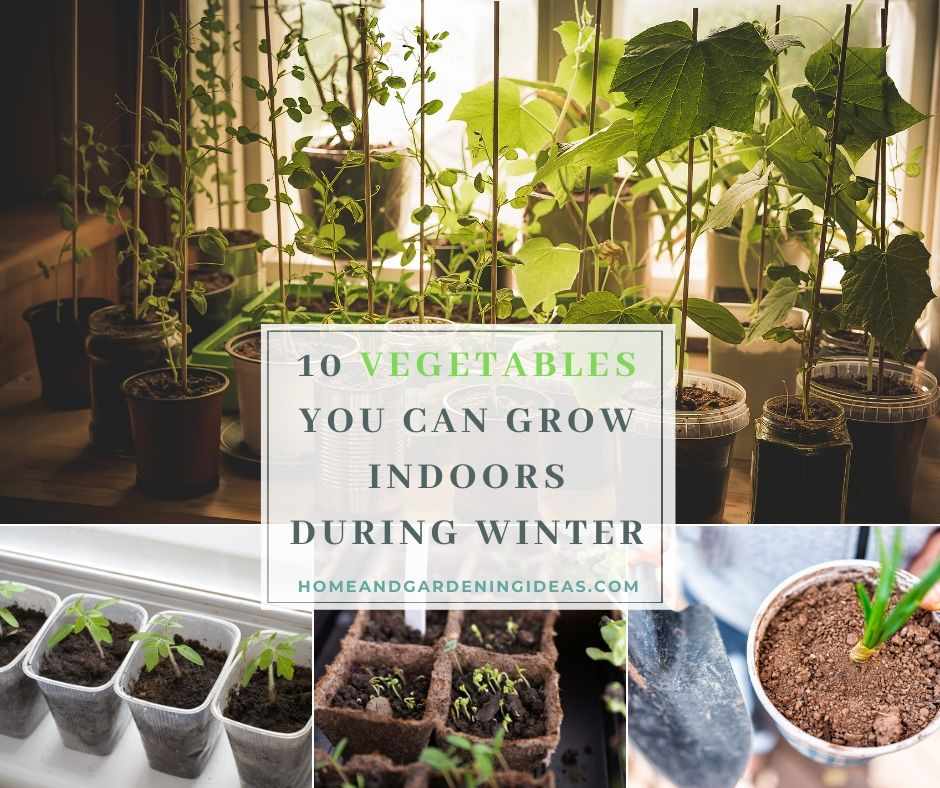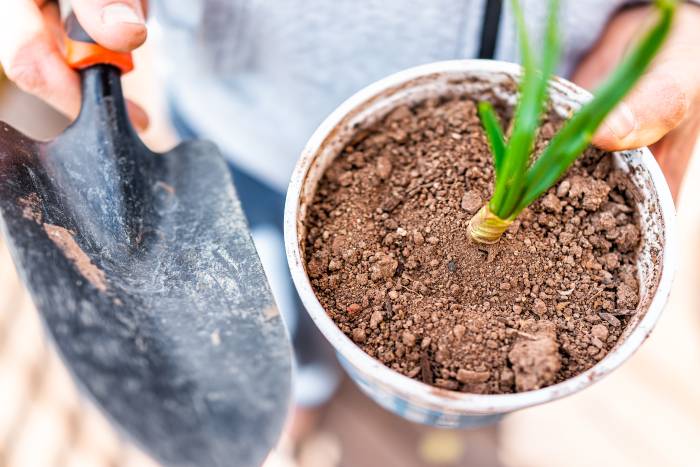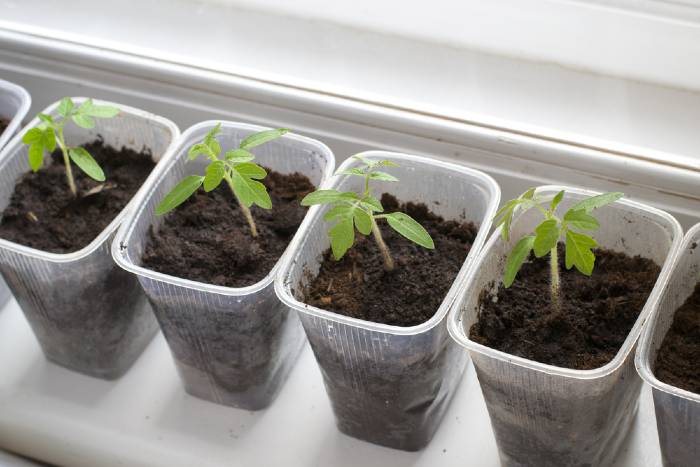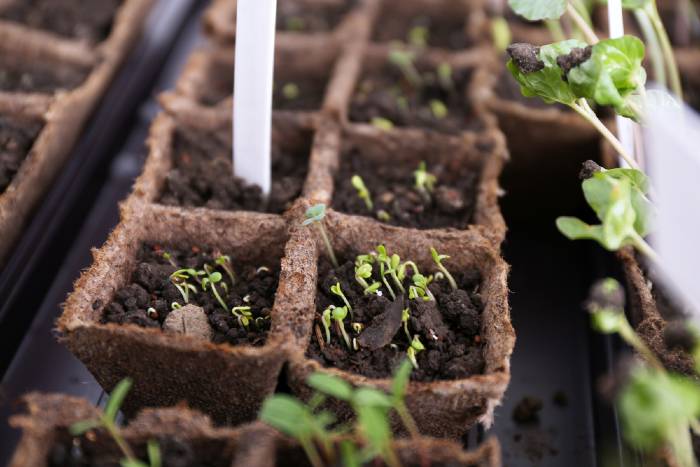10 Vegetables You Can Grow Indoors During Winter

Did you enjoy your investment in the cultivation of a vegetable garden during the summer? Good! The good news is that, whether you’re in the polar region or the temperate region, you can still keep yourself busy in the winter by growing some beautiful veggies indoors.
There is a feeling of life I always get whenever I have some plants growing under my roof- a consciousness of having fresh air around. Beautiful looking veggies are not just for aesthetic values and nutrition, but through them you’re also contributing your quota to sustaining our ecosystem.
Cultivate some of the following vegetables in the winter to make your life lively and enjoyable, and be daily refreshed.
- Scallions
You can get viable Scallion seeds or Scallions with bulbs from farmers or organic stores for cultivation. Little sunlight and little care, Scallions are one of the easiest veggies to cultivate in the winter. Though with milder taste than Onions, Scallions require lesser space and monitoring. Use these green onions to spice up your meals- salads, fries, soups, noodles, and so on. Just like normal onions and garlic, highly nutritious Scallions can be eaten raw or cooked. Both the bulbs and stems are edible, but you can harvest the stems several times before going for the bulbs when it is running late in the season.

- Carrots
Although Carrots love the sun, it can tolerate some shade too. This vegetable is a complete food on its own and that is why it is referred to as the “Perfect Health Food.” Carrots will give you everything that is known to combat major diseases- beta carotene, antioxidants, Vitamin K, Potassium, and many more.
Since they are root veggies, plant the seeds in very deep pots and place at windows with the best reach of sunlight. Always keep the soil moist and drained to prevent it from being waterlogged. Some fertilizers can be good too according to soil needs. Though it requires a lot of patience than most vegetables, most varieties take three months to mature, you would feel accomplished when you eventually start harvesting your reward. Carrots are versatile in their use: they can be cooked, pulped, fried, steamed, or eaten raw.

- Kale
Kale is a broad leaved vegetable that is naturally cut out for winter cultivation- it will comfortably grow at temperatures as low as -15°C. It is a beautiful green veggie in the same family with wild cabbage and it is suitable for indoor growth as well because of its edible leaves.
You can plant some seeds in a pot and continue thinning to prevent overcrowding as they grow. Kale grow to become very large on the soil, so you just want to retain just a plant per pot. Harvest the leaves the same way you harvest Spinach: pick the larger ones and let the smaller ones become matured too before picking them. Continue doing that till you feel like planting more pots for young Kale.
- Tomatoes
Nothing makes tomatoes grow well than sunlight; but you can still plant some tomatoes in winter by making use of artificial plant lights such as High Intensity Discharge Lamps and Light Emitting Diodes. That way you’re sure to give your potted tomatoes its needed 8-10 hours of sunlight. It’s not a bad idea to first grow the tomatoes inside a shallow nursery bed, then transfer them into moderately deep pots to ensure they are well-spaced. This umami flavor endowed vegetables can either be eaten raw or cooked.

- Microgreens
You can plant sweet and spicy microgreens in the winter if you’re concerned with nutrition. Microgreens are similar to, but smaller than, the baby greens(such as Spinach and Kale) and are gotten from various groups of herbs and vegetables.
Keep your chosen seeds (you can use that of Kale, Spinach or Arugula) moist in the soil, what you need are the first leaves. They are ready for harvesting within 10-14 days. So easy to grow in winter and far more nutritious than the fully grown veggies. Garnish your edible young greens with sandwiches, salads, and soups.
- Radishes
Radishes do quite well indoors as they do outdoors: provide the bulbs with deep soil, water them and place at your windowsill and see how they will quickly grow. Relish your crunchy Radish salad with joy.

- Herbs
Give the air around your house some fragrances and garnish your foods and drinks with medicinal herbs, even in winter. There are many options to choose from, choose the beautiful ones- Oregano, Coriander, Parsley, Thyme, Rosemary, Sage, and so on. You don’t have to place them close to the window for light to prevent the leaves from wilting due to cold, use hydroponic lights.
- Strawberries
Adults easily fall in love with berries just as children do. Make sure you plant them in beautiful pots, they’re also beautiful after all. Then provide them with enough sunlight: artificial plant lights will be adequate for this winter. Savor the aromatic scent, enjoy its bright red color, and relish the sweet, juicy texture of your Strawberry fruits.

- Lettuce
Leafy green Lettuce will happily grow at your sunny window or under artificial lights. It is planted by the seeds, not covered by more than 1/8 inch moist soil, with adequate drainage. Thin the seedlings to give them breathing space as they grow.
Both the leaves and the stems of Lettuce are edible. You can harvest the leaves the same way you would harvest those of Kale or Spinach. Use Lettuce to savor your salads, soups, and sandwiches.
- Perpetual Spinach
Perpetual Spinach combines all the good attributes of the usual Spinach with those of ordinary Chard to make a perfect veggie. As you harvest some leaves, another set of leaves grows into maturity: this vegetable promises to last you all summer. Just forget not to harvest the larger leaves to allow the smaller ones to grow for harvest as well. If you find it hard to find Perpetual Spinach seedlings, opt for ordinary Spinach or Chard which are also very good vegetables.
Whichever you choose, ensure the soil is always kept moist but well-drained. Both the leaves and stems are edible. The young leaves are good for salads and sandwiches, while the broad leaves and stems go very well for stews and soups.
While we acknowledge that those in the tropical region can do all they want in their gardens all-year-round, we also believe that nature has not forsaken those in the extreme parts of the globe during the coldest months of the year. Give that snow no chance of stopping you!!!
 Home and Gardening Ideas At home and Gardening ideas we believe inspiring readers about homesteading, self sufficiency
Home and Gardening Ideas At home and Gardening ideas we believe inspiring readers about homesteading, self sufficiency





